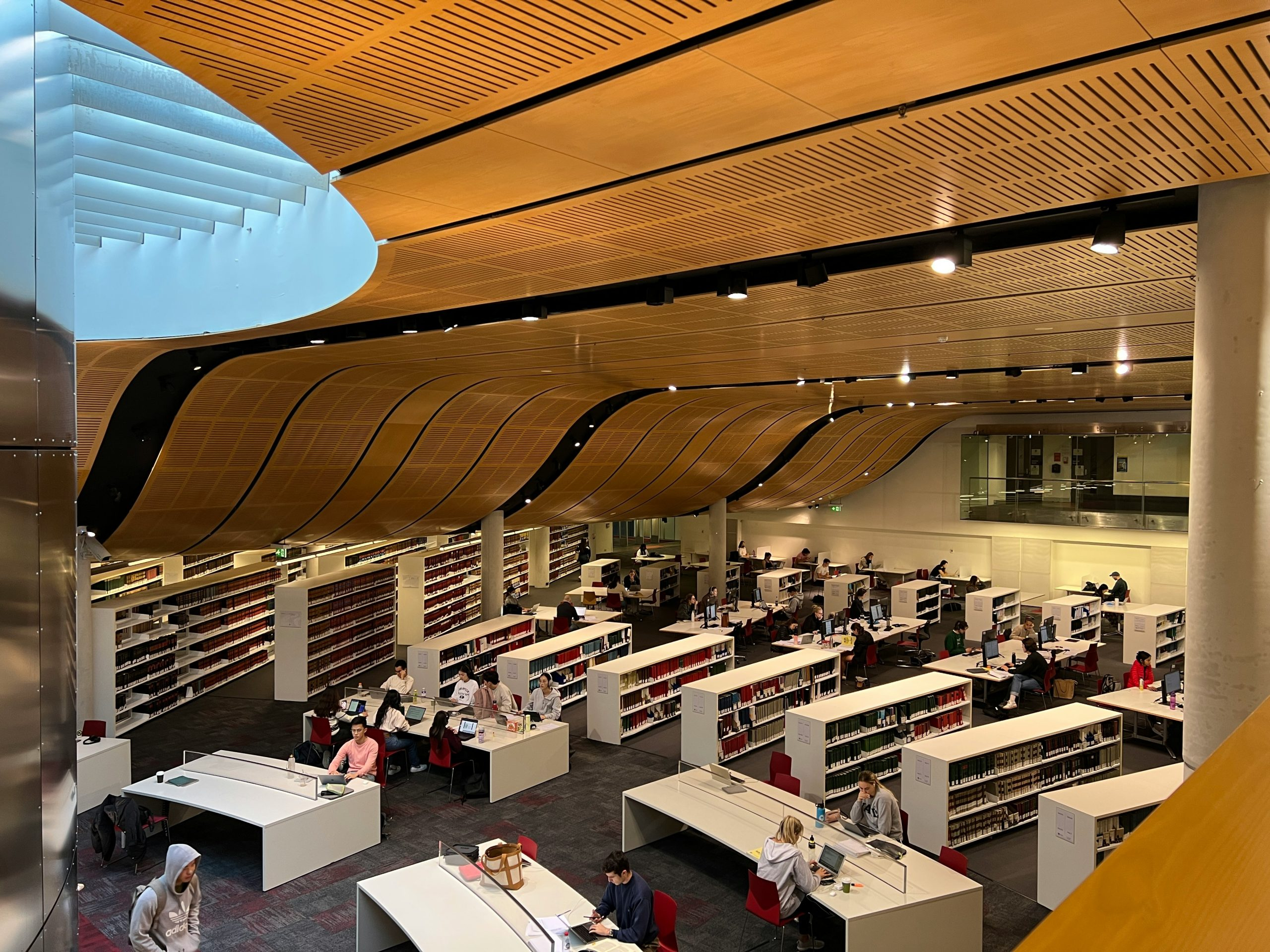Zoning Law Changes Reshape Neighborhoods
The world of real estate is constantly changing and evolving, and one major factor that plays a crucial role in this evolution is zoning laws. Zoning laws are regulations that dictate how land in a certain area can be used, whether it’s residential, commercial, or industrial. These laws have a major impact on the development and growth of different neighborhoods, and when they change, it can completely reshape the fabric of a community. In recent years, there have been significant zoning law changes that have been reshaping neighborhoods all across the country, and the effects are being felt by residents, businesses, and city planners alike.
The History of Zoning Laws
To understand the current changes in zoning laws and their impact on neighborhoods, it’s important to first understand their history. Zoning laws have been around for over a century, with the first city-wide zoning ordinance being implemented in New York City in 1916. The purpose of these laws was to regulate land use in order to promote public health and safety, as well as to control the growth and development of cities.
Over the years, these laws have become more complicated and specific, with many cities creating various zoning districts that allow for different levels of development and usage. For example, a certain area may be zoned for residential use only, while another may allow for a mix of residential and commercial buildings. These laws also dictate the height and size of buildings, as well as the density of population in a certain area.
The Impact of Zoning Law Changes
As cities grow and populations change, so do the needs and desires of its residents. This is where zoning law changes come into play. In order to keep up with the evolving needs of a community, cities often need to modify their zoning laws. This can include rezoning certain areas, allowing for mixed-use development, or creating new zoning districts.
The most significant impact of these changes is the physical transformation of neighborhoods. For example, an area that was once strictly residential may now allow for small businesses or restaurants to open up shop. This can bring new life to a neighborhood and create a more diverse and vibrant community. On the other hand, some changes may cause tension and conflict among residents who may not agree with the new developments. This is why it’s important for cities to carefully consider and involve community members in any changes to zoning laws.
The Benefits of Zoning Law Changes
Despite any initial pushback or disputes, zoning law changes have many benefits for neighborhoods. First and foremost, they allow for growth and development in areas that may have been stagnant before. This can bring in new businesses, attract residents, and ultimately increase property values. It also allows for a more diverse mix of businesses and housing options, which can bring in more revenue for the city and provide opportunities for small businesses to thrive.
Additionally, zoning law changes have the potential to revitalize struggling neighborhoods. By allowing for more flexibility and creativity in land use, cities can bring in new developments and attract new residents, which can help to revitalize underdeveloped areas. This can have a positive ripple effect on the overall economy and social fabric of a community.
Challenges with Zoning Law Changes
Of course, with any major changes, there are also challenges and obstacles that come with zoning law changes. One major concern is gentrification, which can occur when new developments and changes in zoning laws drive up property values and push out lower-income residents. This can create a lack of diversity and displacement of long-time residents, which can lead to cultural and economic divide within a community.
Another challenge is the impact on the environment. With new developments comes increased traffic, pollution, and strain on resources. Cities must carefully consider the environmental impact of any changes to zoning laws and work towards minimizing any negative effects.
In Conclusion
Zoning laws are constantly evolving and changing, and their impact on neighborhoods cannot be ignored. While they present both benefits and challenges, it’s important for cities to carefully consider their decisions and involve the community in any changes. With proper planning and consideration, changes to zoning laws can create more diverse and vibrant neighborhoods that benefit everyone involved.








